Portable dining facilities have many benefits over brick-and-mortar buildings, including reduced construction and maintenance costs.
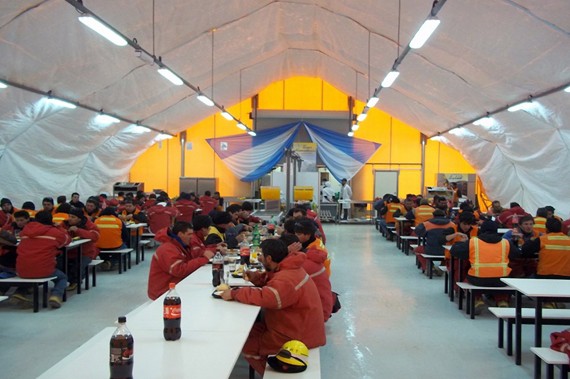

Portable dining facilities have many benefits over brick-and-mortar buildings, including reduced construction and maintenance costs.
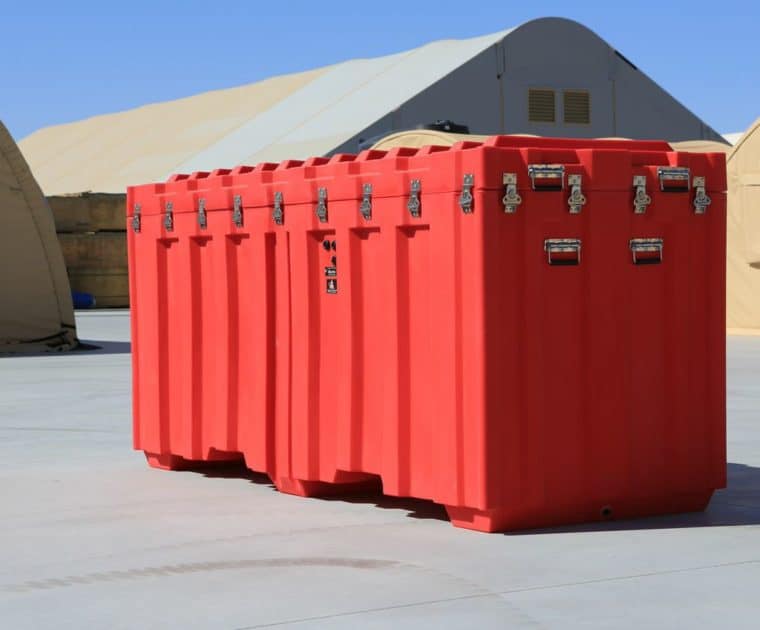
In addition to high-performance fabric buildings, Alaska Structures also makes shipping containers to help facilitate fast, easy shipments.
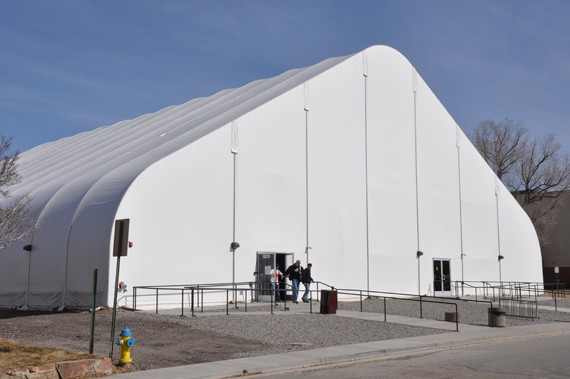
With engineered design and additional security features, our pipeline enclosures ensure pipeline integrity against sabotage, terrorism, and illegal tapping.
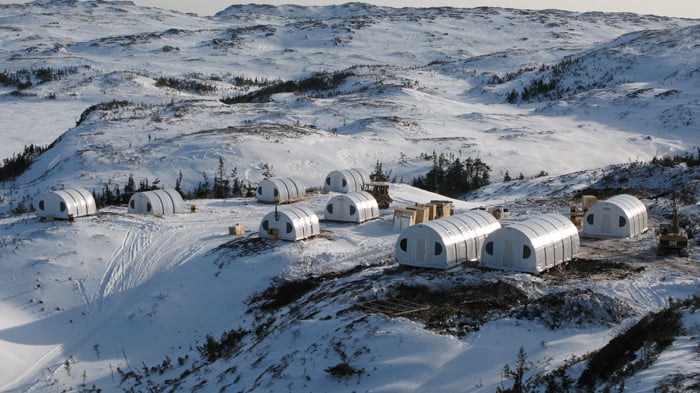
Alaska Structures offers fabric buildings for sale that are uniquely suited for a wide range of commercial, governmental and industrial applications.|Alaska Structures offers fabric buildings for sale that are uniquely suited for a wide range of commercial, governmental and industrial applications.
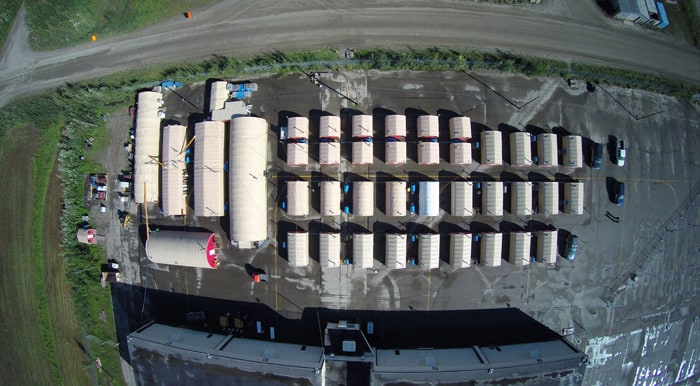
Promote the well-being of your man camp workers with these health and safety best practices.
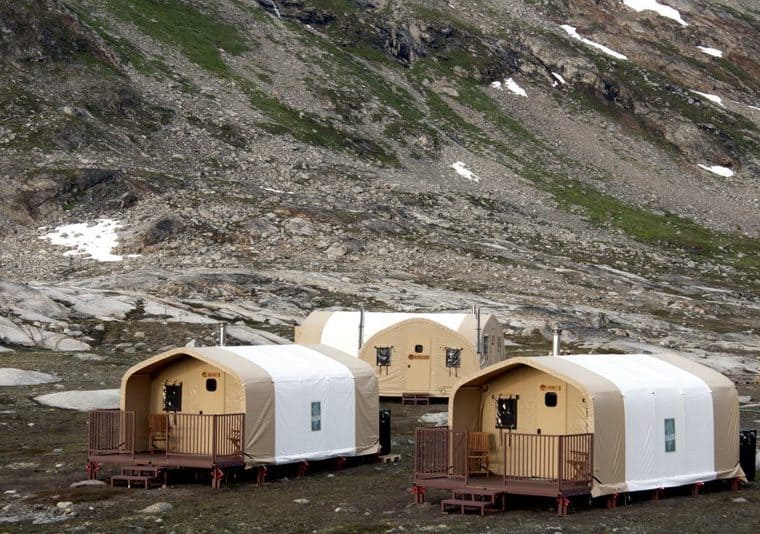
Determine whether engineered fabric structures or site trailers are best for your remote mining, oil & gas, or construction operation.
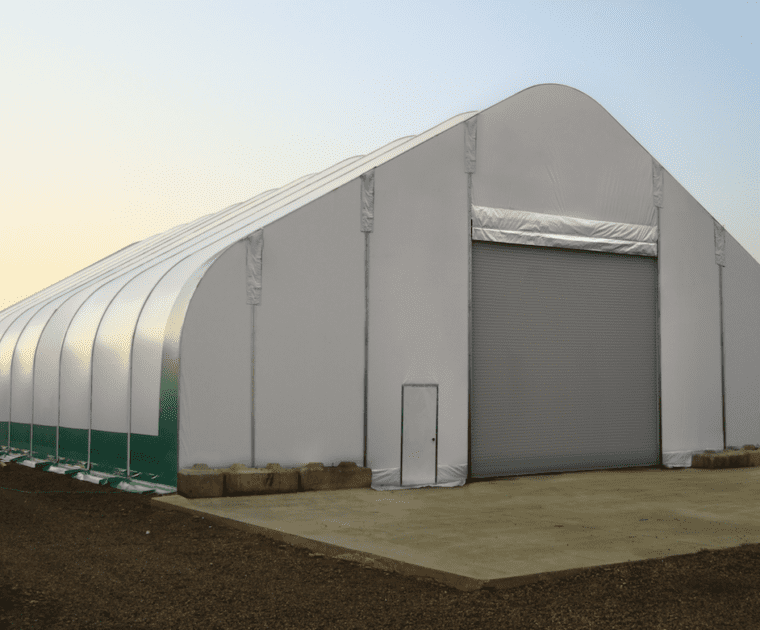
Alaska Structures manufactures highly durable and versatile tailings pond enclosures to help mining companies reduce the environmental impact of their operations, while providing the necessary protection from the elements.
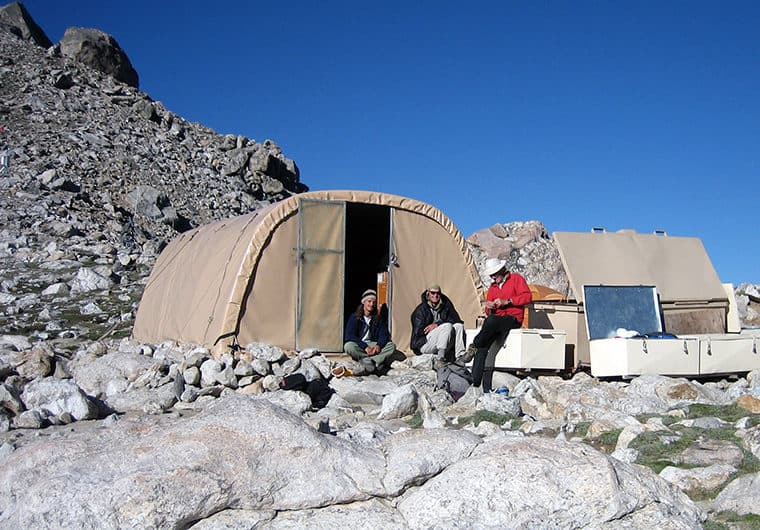
Initiatives and measures for the cleanup and environmental impact reduction of oil and gas exploration are gaining traction, and are largely voluntary.
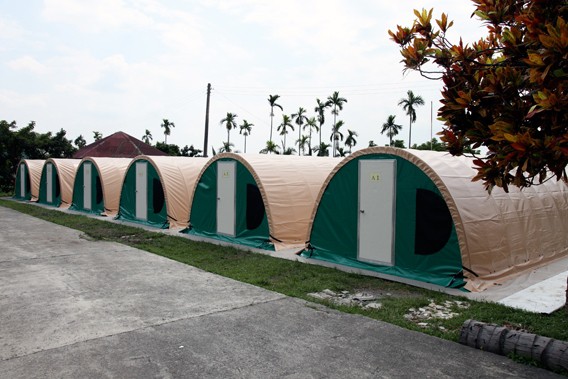
Quonset Huts got their first use in navy operations during World War II. Named for the Naval Air Station where the hut first appeared, it can serve a variety of purposes today. These hooped buildings serve housing needs, workshops, mining operations and research camps, and more. There is a variety of benefits to using Quonset Huts in private and public business operations. These benefits include cost savings, flexible design, customization, durability, easy and fast set up, and effective use of space. In addition to operational benefits, these huts have less environmental impact than traditional buildings. Alaska Structures designs huts that will maximize energy efficiency and eliminate wastes.
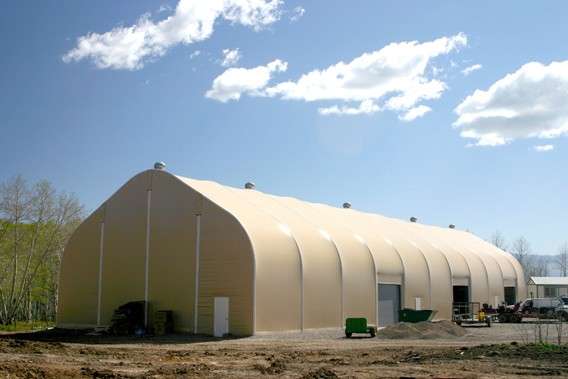
Versatile, strong, and portable, tension fabric buildings present many advantages over similar-sized wood, metal, pole, and other traditional structures.
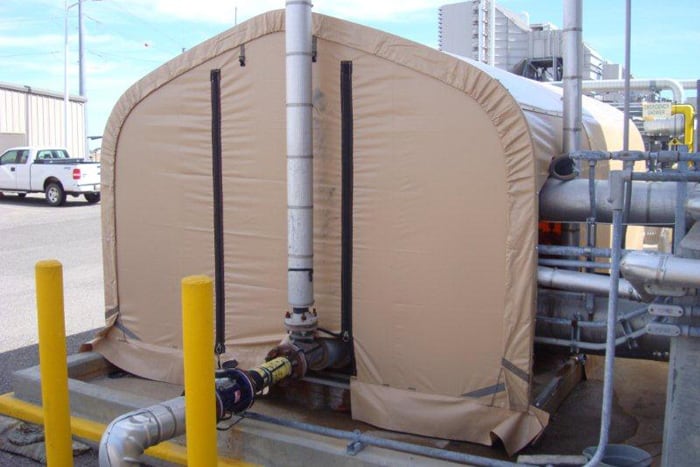
Oil and gas operations can be very expensive. As the oil and gas prices drop, it can be hard to maintain a profit with such costly operations. It’s more important than ever to have cost-effective operations, and one way to do that is by using fabric buildings. Fabric buildings can withstand extreme weather and work for every stage of operations at a lower cost than traditional buildings. Fabric buildings have use during the search, well drilling, rig, and extraction stages to house equipment and workers on site. These buildings clearly can support all aspects of operations, similar to traditional buildings, with added cost and time savings.
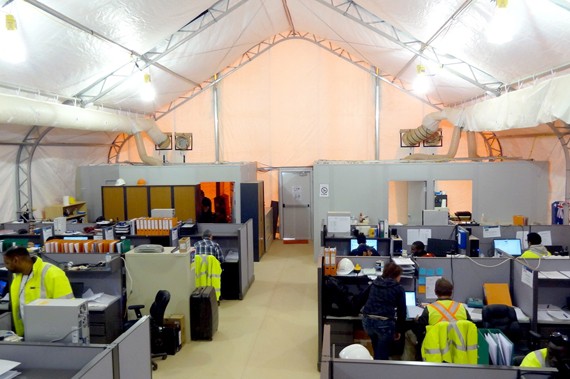
In any industry, before you begin work in the field, you must establish your operation center. Getting a base formed is vital because you need buildings to protect and repair equipment, shield workers, and more. When setting up operations, an affordable building solution is to use fabric buildings for your field structures. Fabric buildings are reliable and have strength comparable to brick-and-mortar buildings at a lower cost. Alaska Structures provides portable, durable fabric structures, tested by third-party engineers, that you can customize to fit your operation’s needs. These structures can support any operation, but can be especially useful in the quick deployment of mining and oil operations.